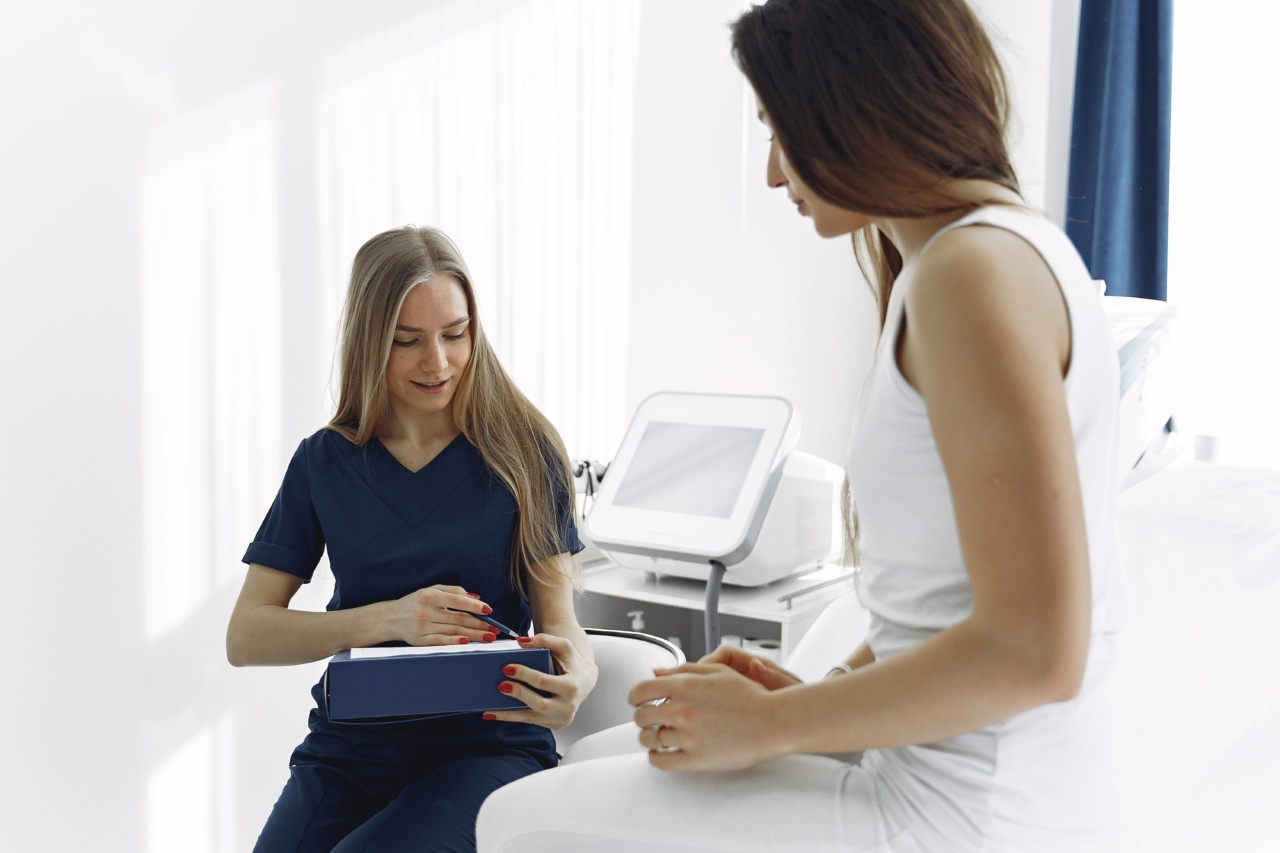Expecting mothers often dream of having a smooth delivery. However, not all deliveries go as planned. In certain situations, cesarean section or C-section may be the only option to deliver the baby safely.
C-section is a surgical procedure in which a baby is delivered through an incision in the mother’s abdomen and uterus. In this article, we will discuss the C-section experience, including preparation, complications, and recovery.
Preparing for a C-Section
Preparing for a C-section involves both physical and mental preparation. Here are some things to keep in mind:.
Knowing Why You Need a C-Section
The first step is to understand why you need a C-section. Your doctor will explain the reasons for having a C-section, and you can ask any questions you have. It’s essential to ask your doctor what to expect and how to prepare for the procedure.
The Procedure
Your doctor will explain the complete procedure, including anesthesia, the incision, and the recovery process. You may also be informed about the possible risks and complications and your options to manage them.
Preparation
Your doctor will give you instructions on what you can eat and drink before the procedure. They may also ask for some tests and scans and provide you with any pre-operative preparation.
You’ll also need to arrange for someone to take you home after the surgery and, if possible, have someone stay with you for a few days to help with the baby and household errands.
Medical History and Medications
Your doctor will review your medical history and medications to ensure that it’s safe for you to have surgery. You may need to stop taking some medications for a while or switch to other drugs.
Your doctor may also ask you to stop eating or drinking at a specific time before the surgery.
Complications during a C-Section
Although C-section is a safe and common procedure, like any surgery, there are some risks and complications that may occur. Here are some of the potential complications of a C-section:.
Infection
Infections can occur at the incision site or in the uterus after C-section. You can decrease your risk of infection by keeping the incision site clean and dry and by following your doctor’s instructions for wound care.
Symptoms of infection include swelling, redness, fever, and pain at the incision site, and foul-smelling discharge.
Blood Loss
Although C-section involves blood loss, excessive blood loss can be life-threatening. Your doctor will monitor your blood loss and, if necessary, give you blood transfusions.
Blood Clots
Blood clots can form in your legs or lungs after the surgery due to limited mobility. To prevent blood clots, you can wear compression stockings, take blood-thinning medication, and walk as soon as possible after the surgery.
Complications of Anesthesia
Although rare, complications of anesthesia can occur, such as allergic reactions, breathing difficulties, and nerve damage.
You can reduce your risk by providing your anesthetist with accurate medical information, following instructions for anesthesia, and monitoring any symptoms after the surgery.
Recovering from a C-Section
Recovering from a C-section takes time and patience. Here are some tips to help you recover smoothly:.
Rest
It’s essential to get enough rest after surgery to aid your recovery. You should avoid excessive movement and lifting heavy objects for a few weeks. You may also need to limit the number of visitors during the first few days of recovery.
Pain Management
You may experience pain and discomfort after surgery, and your doctor will give you medication to manage it. It’s crucial to follow the medication schedule and avoid over-the-counter drugs without your doctor’s approval.
Wound Care
Proper wound care is necessary to prevent infection and aid healing. Your doctor will give you instructions on how to care for your incision site, such as keeping it clean, changing dressings, and avoiding submerging your wound in water.
Bonding with Your Baby
Even if you’ve had a surgical delivery, you can still bond with your baby. Skin-to-skin contact and breastfeeding can strengthen the bond between you and your baby and promote healing.
Conclusion
C-section is a common procedure and a safe way to deliver your baby in certain situations. Like any surgery, it has its risks and complications, but with proper preparation, monitoring, and care, you can have a smooth and successful C-section.
Don’t hesitate to ask your doctor any questions or concerns you may have. With patience, rest, and proper care, you can heal and enjoy your new baby.






























